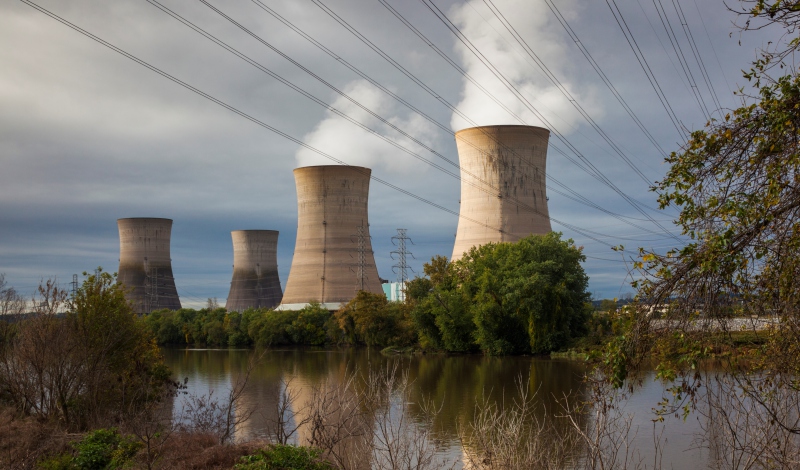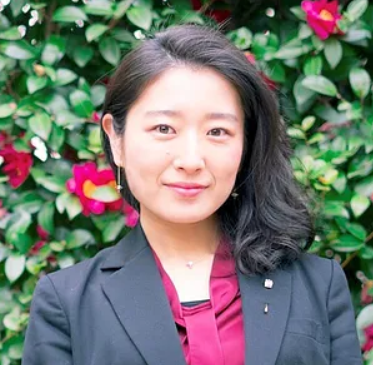
Proponents of nuclear energy should focus on its economic and environmental benefits to garner local support.
Climate change is now dominating the policy agenda. Countries are racing to announce net-zero emission pledges. Achieving this goal in the United States requires decarbonizing the electricity sector, which accounts for 25 percent of U.S. carbon emissions.
This endeavor will be a challenge because electricity demand is rapidly increasing as electric vehicles (EVs) replace internal combustion engine (ICE) vehicles, the source of about 29 percent of carbon emissions. Moreover, many city codes now require residential and commercial buildings––which account for another 13 percent of carbon emissions––to switch over from natural gas to electricity for their heating needs.
Experts must find a way to generate more electricity and, at the same time, make sure that it is free of emissions. Nuclear energy will need to play a role because renewable sources such as solar and wind alone cannot meet electricity demand. But nuclear energy poses a political problem: the exaggerated fears of radiation leaks prompt local communities to oppose nuclear facilities in their neighborhoods. Yet, our research suggests that public support for nuclear energy may increase if communities recognize its local economic and environmental benefits.
With rapidly falling costs, solar and wind are now competitive with coal and gas for electricity generation. But solar and wind create other challenges. These sources need backups—typically natural gas—because solar and wind facilities only produce electricity when the wind is blowing and the sun shines. Also, these sources do not have a switchable, on-and-off feature to meet surges in electricity demand. Moreover, solar panels, wind turbines, and EV batteries rely on critical minerals, such as cobalt and lithium, which are short in supply.
To achieve net-zero emission by 2050 by relying on solar and wind energy alone, countries will need to quickly commission new mines, many of which will be dug in developing countries with lenient regulations. New mines will probably lead to more pollution and health problems for local communities. As an added barrier, solar and wind projects face opposition in rural areas. In the United States, some counties have even enacted local ordinances to prohibit solar and wind projects.
One alternative to wind and solar energy is nuclear energy. Despite its controversial history, nuclear energy is a safe source of renewable energy, which makes modest demands on critical minerals and generates electricity continuously. Compared to utility-level solar power plants, nuclear reactors make modest demands on land resources. And, as the recent Texas ice storms revealed, nuclear generation is more resilient than coal, wind, or solar energy.
The adoption of nuclear energy faces social and political challenges. In the United States, the Three Mile Island nuclear accident dealt a severe blow to nuclear energy in 1979. No new U.S. nuclear plants have been commissioned since then and California, a leader in climate change, is set to close down its last nuclear reactor, Diablo Canyon. Internationally, the 2011 Fukushima accident in Japan triggered public anxiety over the risk of a nuclear accident. Since then, several European countries have started to phase out nuclear power.
Constructing new plants is difficult due to the “not-in-my-backyard” (NIMBY) sentiment, which describes residents’ opposition to necessary but unwelcome development on or near their land. Communities oppose nuclear power plants because they incorrectly fear radiation risks. The same problem arises for storing nuclear waste. Although several studies recommend creating nuclear waste storage sites such as the Yucca Mountain Nuclear Waste Repository, the U.S. government has not licensed it.
Yet, our research suggests that NIMBY concerns could be addressed by appropriately framing the benefits of nuclear plants. We studied public opinion in Japan because it experienced a major nuclear accident in Fukushima in 2011. In the aftermath of Fukushima, the Japanese government shut down all nuclear plants to reevaluate their safety. Since then, Japan has become increasingly dependent on carbon-intensive sources of energy, including coal-fired power.
We found that nuclear plants receive local support—what we refer to as “reverse NIMBY”—when the benefits of nuclear plants, such as economic stimulation and low rates of air pollution, are highlighted. Our findings support other studies, which suggest that communities—including white communities—might welcome “undesirable” projects when these projects provide local jobs. To overcome community opposition, policymakers should emphasize nuclear’s local benefits instead of just its role in helping solve the global warming problem.
If a net-zero emission climate target requires nuclear energy, then countries need to tackle the political impediments to nuclear energy. Our research suggests how this effort might be accomplished: talk about the local economic and environmental benefits of nuclear energy instead of the climate benefits.
"local" - Google News
June 29, 2021 at 11:38AM
https://ift.tt/3jnlZ4a
Why Local Communities May Support Nuclear Energy - The Regulatory Review
"local" - Google News
https://ift.tt/2WoMCc3
https://ift.tt/2KVQLik
Bagikan Berita Ini

















0 Response to "Why Local Communities May Support Nuclear Energy - The Regulatory Review"
Post a Comment